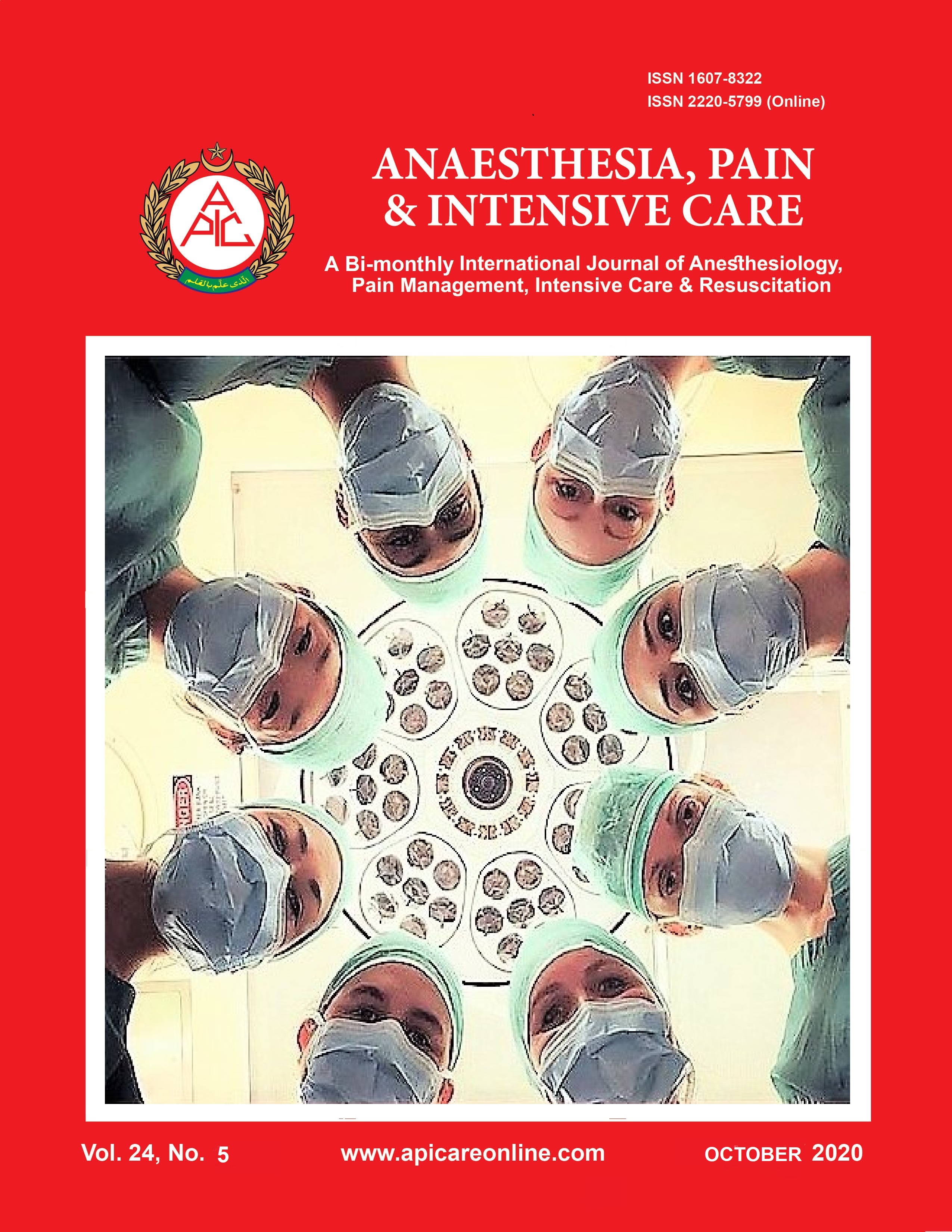Knowledge about anesthesiology and the anesthesiologists among patients in a tertiary care hospital in Saudi Arabia
Abstract
Object: To determine the Knowledge about anesthesiologist's role and responsibilities along with the field of anesthesiology among patients.
Methodology: This cross-sectional survey was carried at National Guard Health Affairs, from 1st December 2017 to 30th March 2018. After informed consent, patients were asked to answer the questionnaire comprising of 12 open-ended questions regarding their Knowledge about anesthesiologist and anesthesiology. Scoring as per correct and incorrect questions was done using version 19 (SPSS Inc., Chicago, IL).
Results: The four months Cross-sectional Survey included 385 patients from teaching hospital. Other variables included age, gender, type of surgery, educational level, occupation, previous surgery. The majority of the patients 375 out of 385 (97.4%) were having very poor Knowledge about anesthesiology and role of anesthesiologists while a few patients 10 our of 385 (2.6%) were found knowledgeable and anesthesiologists (P<0.05).
Conclusion: Knowledge of anesthesiologist and anesthesiology is very poor among patients. There is a strong need to spread awareness about anesthesiology and anesthesiologist among common people to increase communication for the betterment of society.
Key words: Anesthesia; Anesthesiologists; Knowledge; Questionnaire.
Citation: Lal S, Derar R, Malik M. Knowledge about anesthesiology and the anesthesiologists among patients in a tertiary care hospital in Saudi Arabia. Anaesth. pain intensive care 2020;24(5):
Received: 20 June 2020, Reviewed: 24, 28 June 2020, Accepted: 1 July 2020














